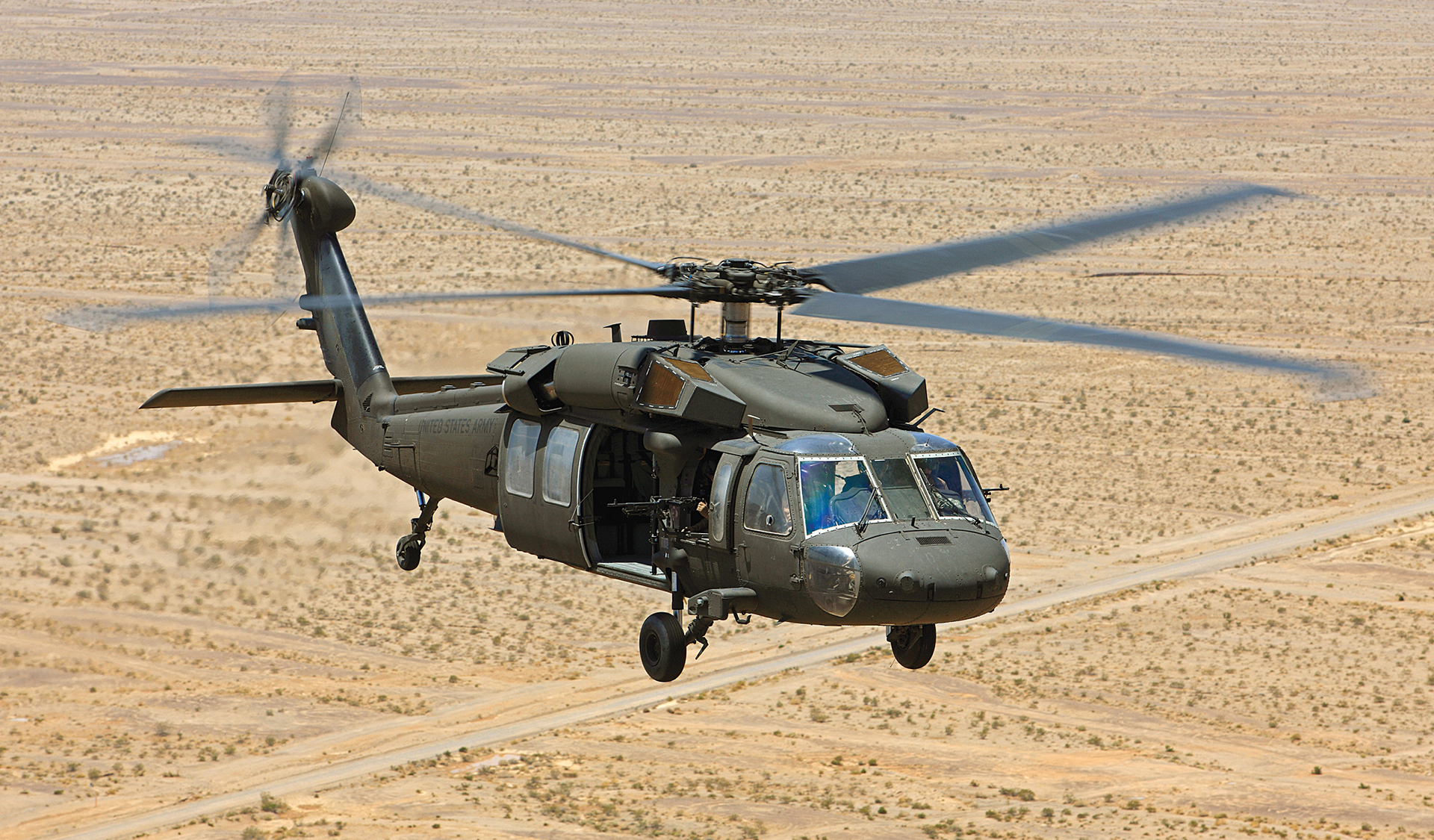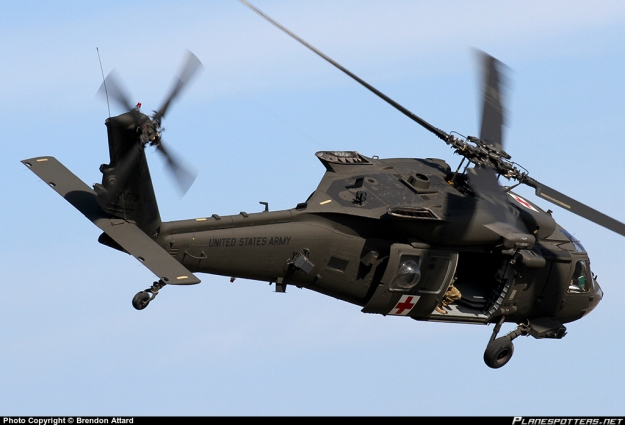Making Best Use Of Safety And Security: Essential Upkeep Tips for Your UH 60 Helicopter
Making Best Use Of Safety And Security: Essential Upkeep Tips for Your UH 60 Helicopter
Blog Article
Recognizing the Mechanics and Engineering Behind Uh 60 Helicopters
The UH-60 helicopter, frequently referred to as the Black Hawk, stands as a pinnacle of modern rotorcraft modern technology, personifying a blend of robust design and elaborate auto mechanics. From its creation to its present versions, the development of this airplane showcases a blend of development and functionality. As we peel off back the layers of the UH-60's style, a globe of detailed systems and precise design comes to light. Recognizing the auto mechanics and design behind this functional airplane reveals a realm where precision fulfills power, and where each part plays a crucial function in achieving trip.
History of UH-60 Helicopters
The history of UH-60 helicopters traces back to the late 1970s when the USA Army sought a flexible and advanced utility helicopter to change its aging fleet. In action to this requirement, the Sikorsky Aircraft Firm established the UH-60 Black Hawk helicopter. Introduced in 1979, the UH-60 quickly came to be a staple in army operations because of its outstanding capacities.
The UH-60 was designed to master a variety of objectives, including army transport, clinical evacuation, digital war, and special operations. Its capacity to adapt to various duties made it a beneficial asset to the U.S. uh 60. Army and other army pressures all over the world
Over the years, the UH-60 system has undergone a number of upgrades and variations to enhance its performance and equal progressing objective demands. These helicopters have seen comprehensive service in problems such as the Gulf Battle, Afghanistan, and Iraq, showcasing their dependability and convenience in varied operational environments. The UH-60's abundant background is a testimony to its long-lasting legacy as a top utility helicopter.

Engine and Power Equipments
Using sophisticated propulsion innovation, UH-60 helicopters are equipped with sophisticated engine and power systems to make sure optimum performance and integrity in a variety of operational scenarios. The UH-60, typically understood as the Black Hawk, is powered by 2 General Electric T700-GE-701D engines, each with the ability of supplying up to 1,940 shaft horsepower. These turboshaft engines give the required thrust for the helicopter to perform its goals efficiently, including army transport, clinical emptying, and combat support.

Rotor System and Aerodynamics
Just how do the blades system and the rules of aerodynamics of UH-60 helicopters add to their functional effectiveness and flight capacities? The blades system of the UH-60 helicopter plays an essential role in supplying lift and propulsion.
The rules of aerodynamics also play an essential role in the efficiency of UH-60 helicopters. The streamlined fuselage and rotor blade design reduce drag, permitting the helicopter to attain higher speeds and far better fuel effectiveness. The aerodynamic style of the UH-60 likewise adds to its ability to operate in diverse environmental problems, consisting of high altitudes and hot temperatures.
Avionics and Trip Control Systems

In its elaborate control with the rotor system and the rules of aerodynamics of UH-60 helicopters, the avionics and trip control systems create a vital network of technologies forming the aircraft's operational capabilities. In the UH-60, these systems include digital displays, interaction radios, General practitioner navigation, weather condition radar, and auto-pilot systems.
The trip control systems of the UH-60 are in charge of translating the pilot's inputs into the ideal adjustments to the blades system, making sure steady trip and ability to move. These systems contain hydraulic actuators, servos, and computers that interact to control the main and tail rotors, as well as other flight control surface areas. By exactly handling the helicopter's trip dynamics, these systems make it possible for pilots to carry out a vast array of goals, from transport and search-and-rescue to combat procedures, with precision and confidence.
Duty and Applications in Aeronautics
The function and applications of avionics and trip control systems in aeronautics are essential to ensuring the risk-free and reliable operation of aircraft, consisting of UH-60 helicopters. Avionics systems in UH-60 helicopters include a range of electronic systems that aid in navigating, interaction, monitoring, and managing various aircraft features. These systems consist of electronic displays, auto-pilot systems, interaction radios, GPS navigation equipment, and weather condition radar. Trip control systems play a critical function in steering the helicopter airborne, keeping stability, and making sure precise motions. The fly-by-wire modern technology made use of in modern-day UH-60 helicopters converts pilot inputs right into electronic signals, which are then analyzed by the trip control computers to readjust the airplane's control surface areas. Additionally, these systems integrate security features such as autopilot settings, surface understanding alerting systems, and look at here stability enhancement systems to boost the overall safety and functional capacities of the UH-60 helicopters sites in numerous goals, including troop transportation, medical emptying, search and rescue, and aerial firefighting.
Conclusion
To conclude, the UH-60 helicopter is a functional airplane with an abundant history and progressed engineering. Its engine and power systems, rotor system, aerodynamics, avionics, and flight control systems all collaborate to make it a reliable and reputable device. The UH-60's function and applications in air travel are large, varying from military procedures to browse and rescue missions. Its continued growth and usage demonstrate its importance redirected here in the area of aviation (uh 60).
In its complex control with the blades system and aerodynamics of UH-60 helicopters, the avionics and flight control systems create a critical network of modern technologies forming the airplane's functional capacities.The trip control systems of the UH-60 are responsible for translating the pilot's inputs right into the appropriate changes to the rotor system, guaranteeing secure flight and maneuverability. Avionics systems in UH-60 helicopters include a range of digital systems that aid in navigation, communication, surveillance, and regulating different aircraft functions. In addition, these systems incorporate security attributes such as auto-pilot settings, terrain awareness cautioning systems, and security augmentation systems to boost the overall safety and security and functional abilities of the UH-60 helicopters in various goals, consisting of army transport, medical evacuation, search and rescue, and airborne firefighting.
Its engine and power systems, blades system, the rules of aerodynamics, avionics, and trip control systems all work with each other to make it a reliable and reliable equipment.
Report this page